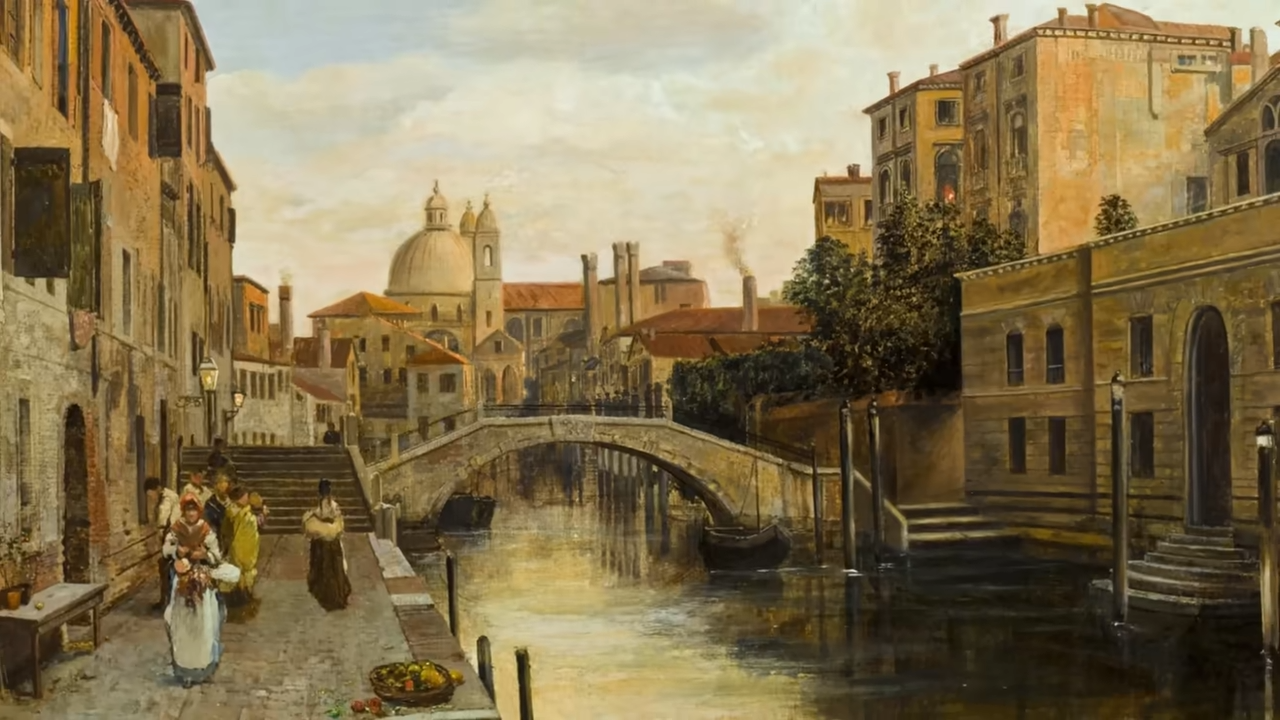Venice, one of the world’s most unique cities, stands as a testament to human ingenuity and engineering brilliance. Built atop a marshy lagoon with no roads, fresh water, or stable land, the Venetians managed to transform this unlikely setting into a thriving metropolis. From its origins as a refuge for Romans fleeing the Huns to its rise as a medieval commercial powerhouse, Venice’s survival and prosperity are due to remarkable engineering feats.
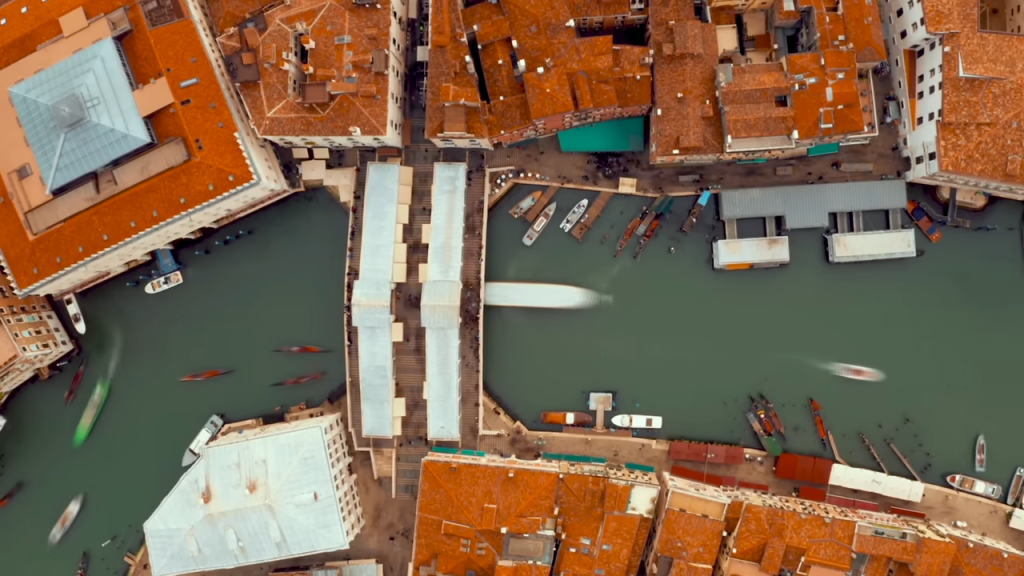
How Venice Was Built on Water
Venice’s first settlers faced an immense challenge—building stable foundations on islands composed of soft clay and marshland. Their solution was groundbreaking:
- Timber Piling System:
- Large wooden piles from Croatia were hammered 5 meters deep into the lagoon’s clay.
- Packing them closely together compressed the soil, making it stronger.
- The wood remained preserved underwater due to lack of oxygen, preventing decay.
- Layering for Stability:
- Wooden planks were placed atop the piles to distribute weight evenly.
- Istrian stone, highly resistant to water, was then added to elevate foundations above sea level.
- This innovative method ensured that Venice’s foundations remained intact for centuries.
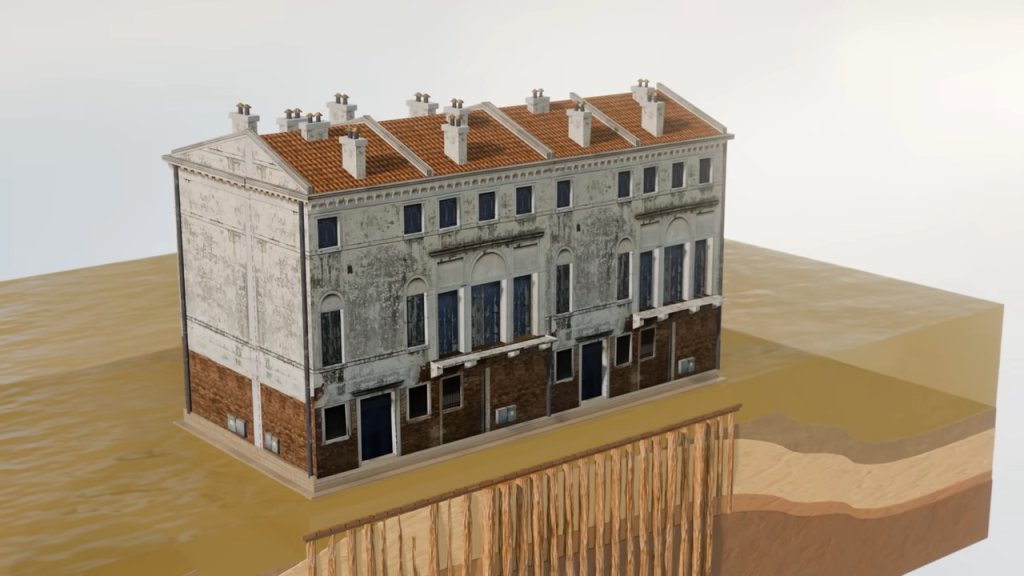
Island Expansion and City Formation
After stabilizing the ground, early Venetians constructed lightweight brick buildings with flexible lime mortar to withstand the natural shifting of the land. Over time, separate islands grew closer together, and what was once a series of small settlements evolved into a unified city.
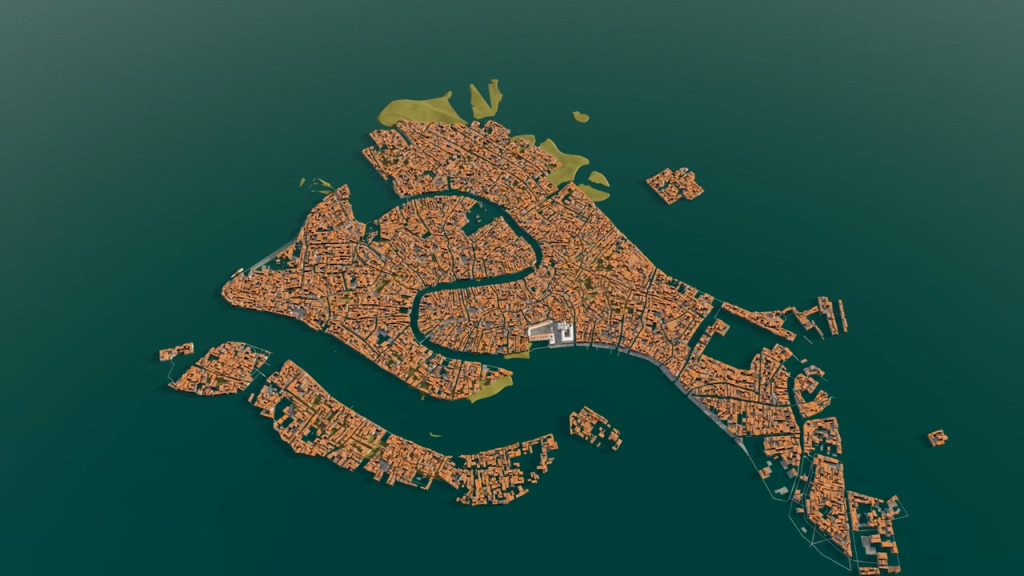
- Early wooden homes were gradually replaced with brick structures after repeated fires.
- Building heights were limited to three stories to reduce pressure on unstable ground.
- Crisscross-patterned walls allowed structures to flex and absorb movement.
The Rise of Venice’s Iconic Canals and Bridges
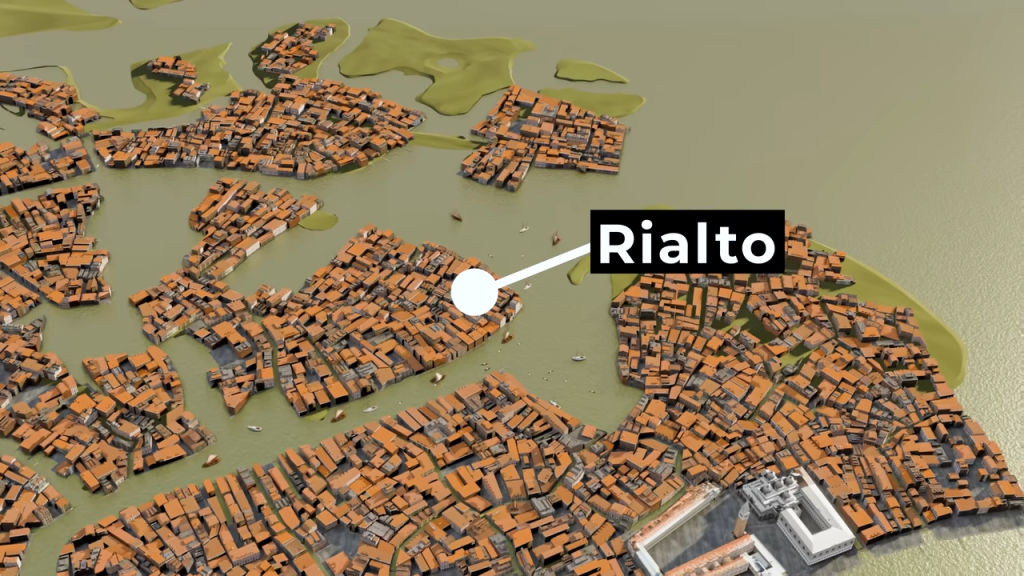
With a rapidly growing population and bustling commerce, bridges became essential to connect the expanding city. Initially, residents relied on boats or waded through shallow waters. However, as Venice flourished, it needed a more efficient solution:
- The first bridge was a simple pontoon structure, later upgraded to a wooden bridge.
- As trade intensified, the famous Rialto Bridge was constructed using 12,000 timber piles and 10,000 tons of stone.
- Over time, stone bridges replaced wooden ones, creating a seamless connection between districts.
Water Management: Overcoming the Freshwater Challenge
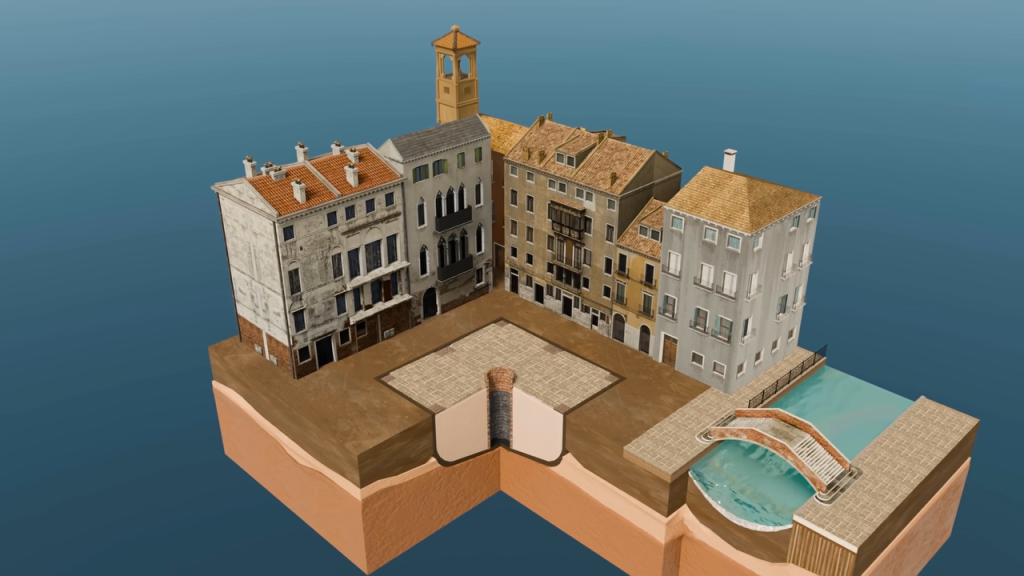
Surrounded by salty lagoon water, Venetians had to develop an ingenious system to collect and filter rainwater:
- Centralized Collection Wells:
- Squares across the city were excavated and lined with waterproof clay.
- Layered sand and stone filters allowed rainwater to naturally purify before reaching a central well.
- 600+ public wells stored clean water for Venice’s growing population.
- Roof-to-Well System:
- Rooftops were fitted with gutters directing rainwater into the square’s drainage system.
- This transformed Venice into a massive rainwater funnel, ensuring a steady water supply.
Waste Management: A Natural Flushing System
Before the 16th century, waste disposal was primitive—residents threw waste directly into canals. This unsanitary practice led to an innovative solution:
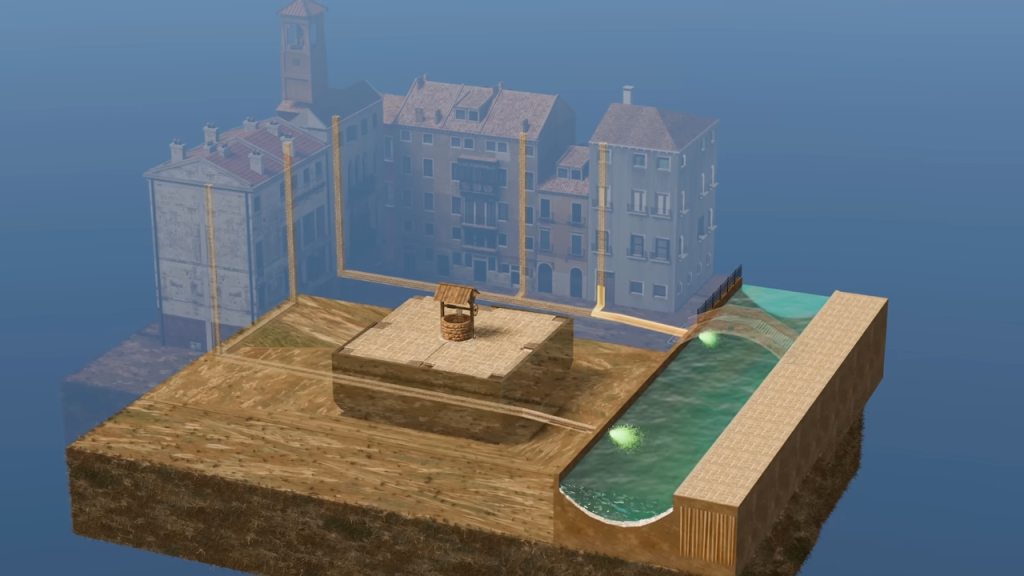
- Underground Tunnels:
- Venice built subterranean passageways to collect waste from buildings.
- During low tide, liquids flowed into the canals, leaving behind solid waste.
- Tidal Flushing:
- The natural rise and fall of tides flushed out waste twice daily, preventing accumulation.
- The lagoon’s salty water acted as a disinfectant, keeping Venice relatively clean.
Venice’s Lasting Legacy in Engineering
Venice’s remarkable infrastructure has withstood the test of time. Despite modern challenges like rising sea levels and sinking foundations, its medieval ingenuity remains visible in its canals, bridges, and structures.
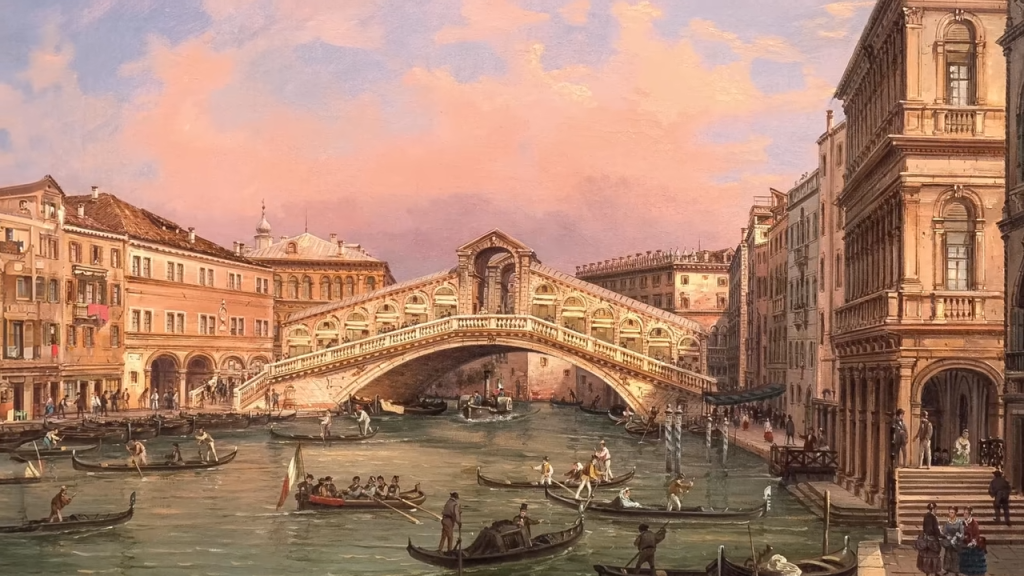
From a small refuge to a world-renowned city, Venice’s history is a testament to human resilience, innovation, and the ability to adapt. The very engineering techniques that built Venice centuries ago still hold relevance today, inspiring modern urban planning and architectural marvels worldwide.
As you explore Venice, remember: beneath the beauty of its canals and palaces lies one of the most impressive feats of engineering in human history.
